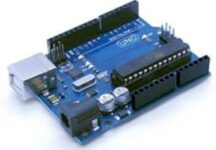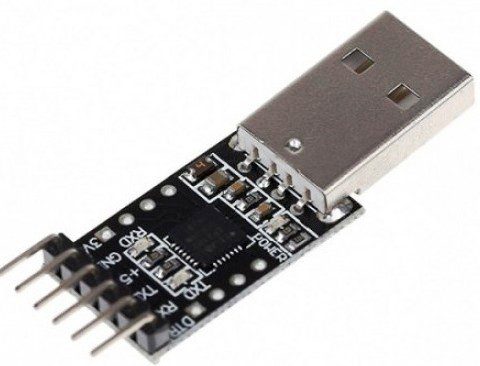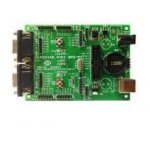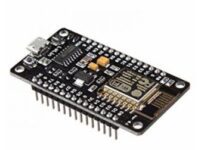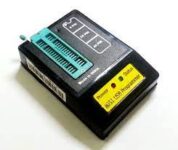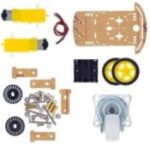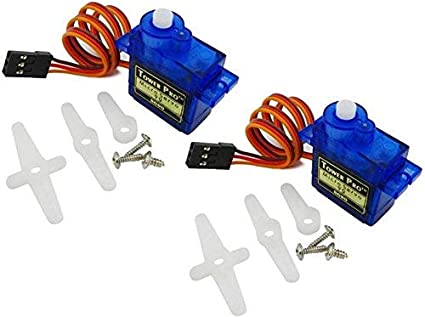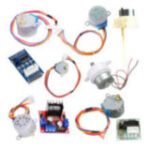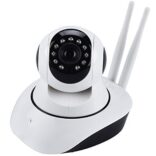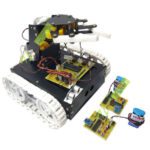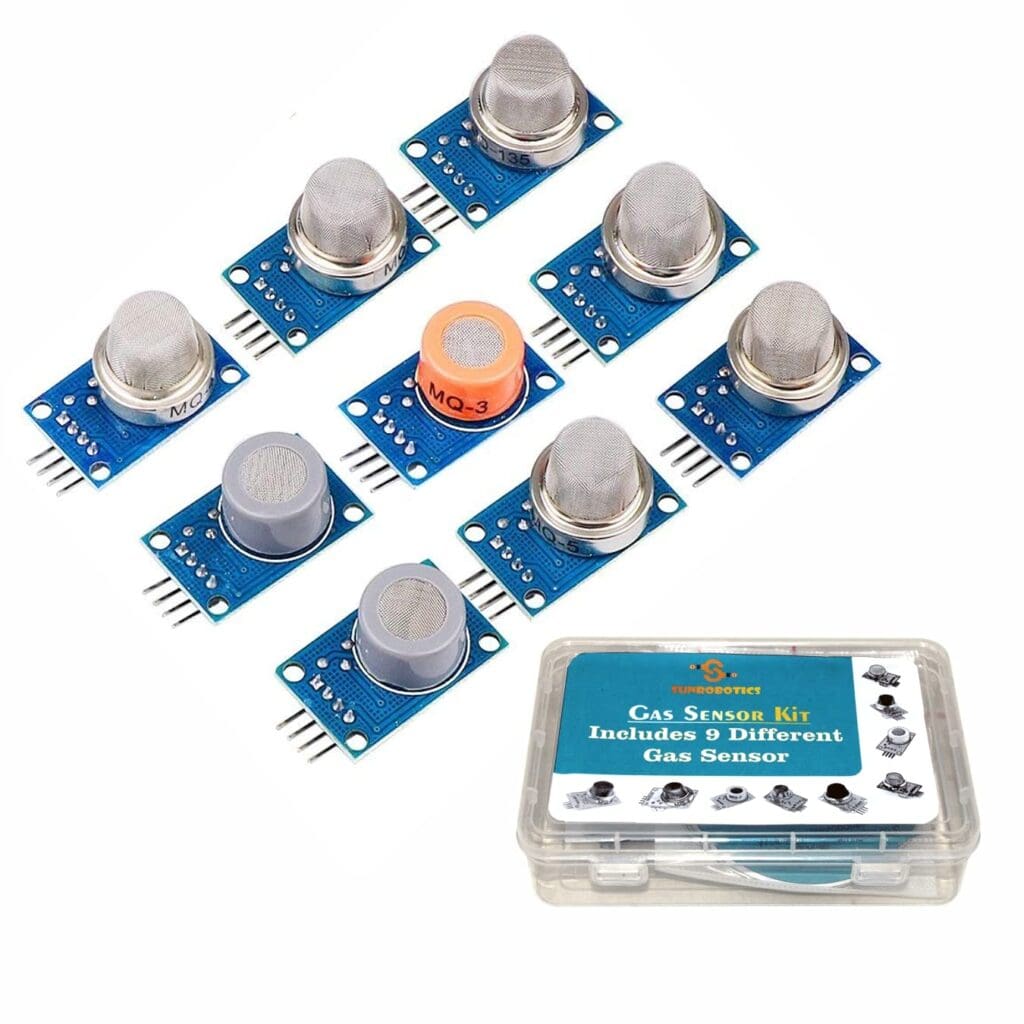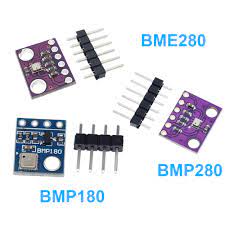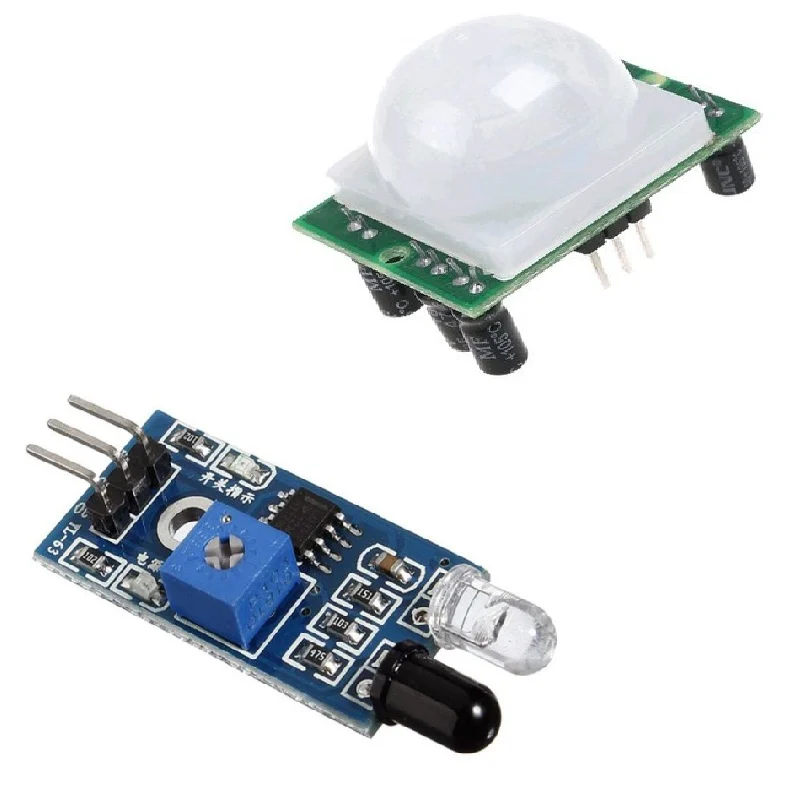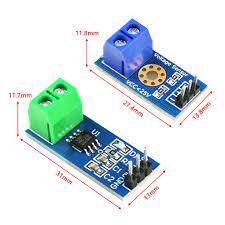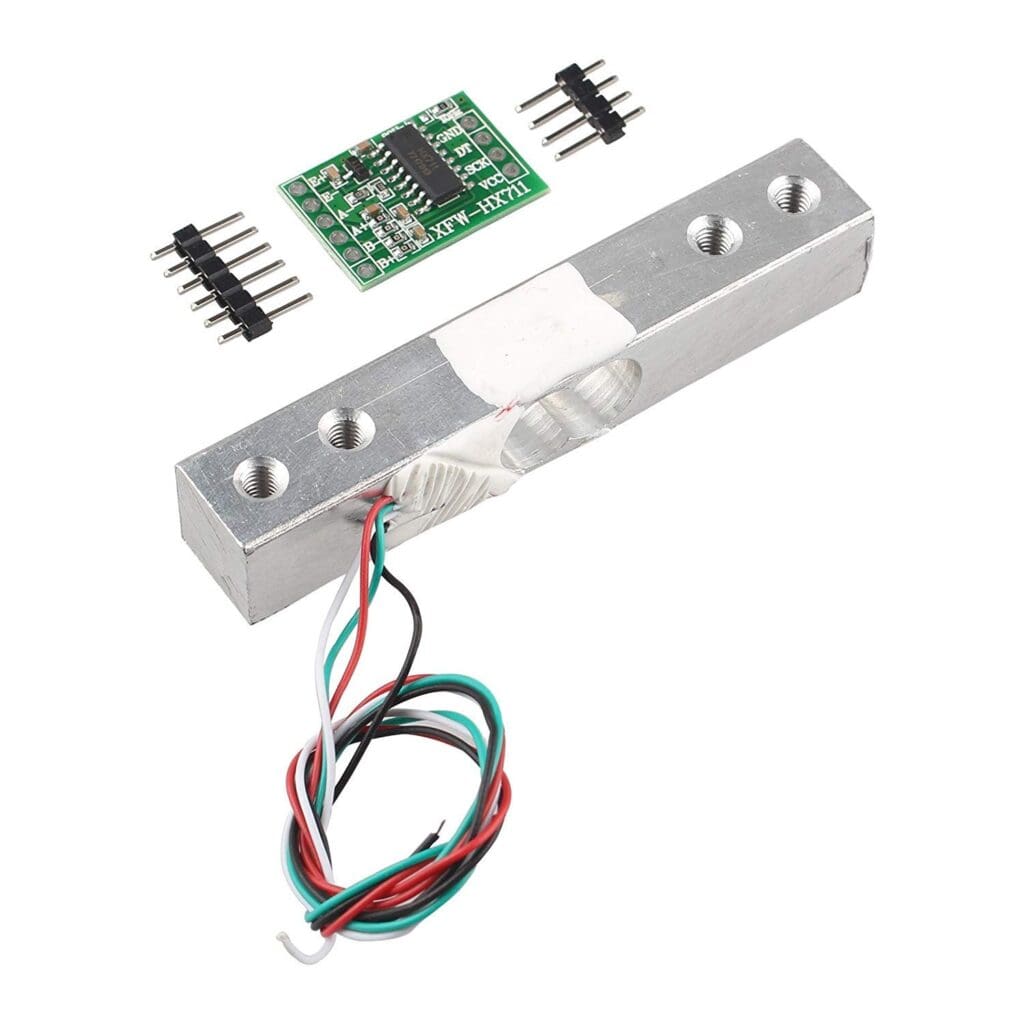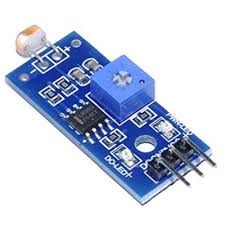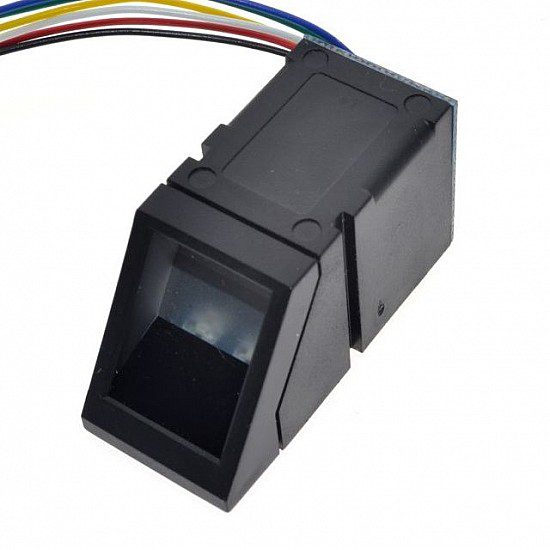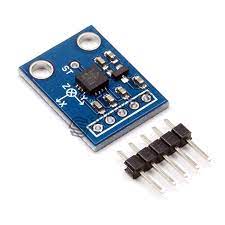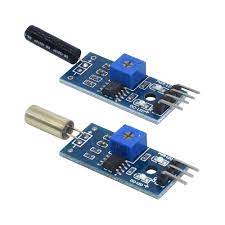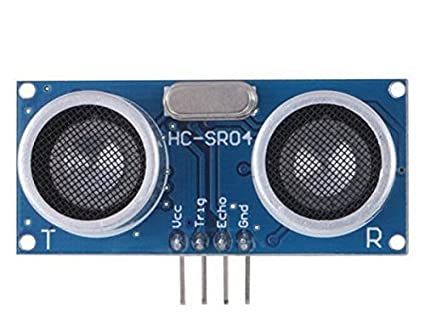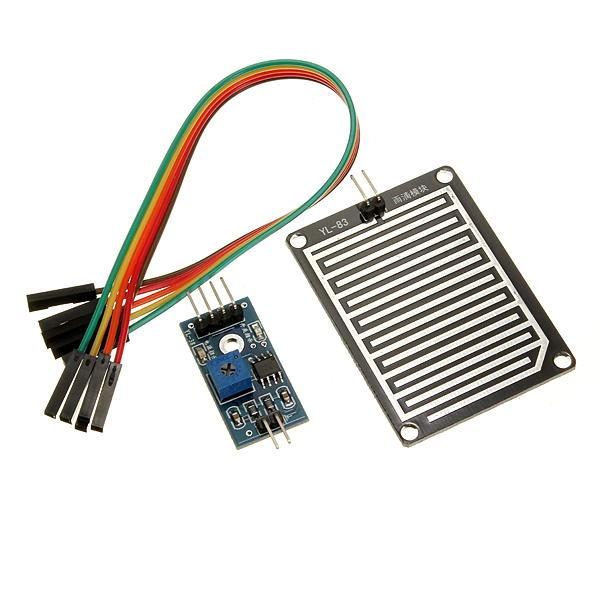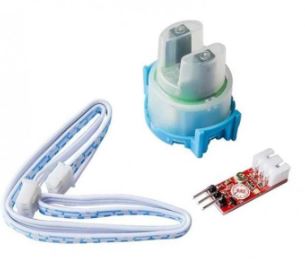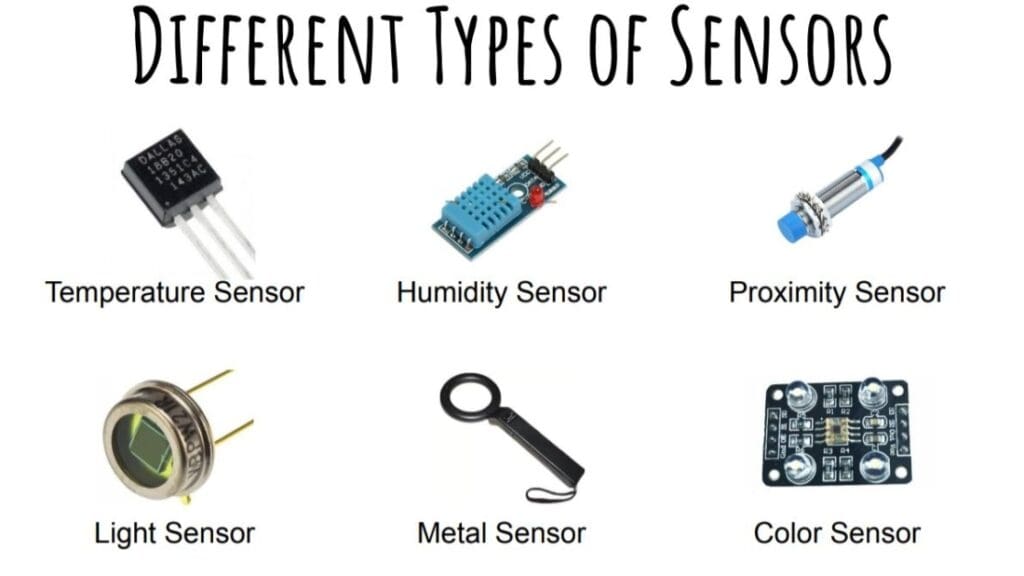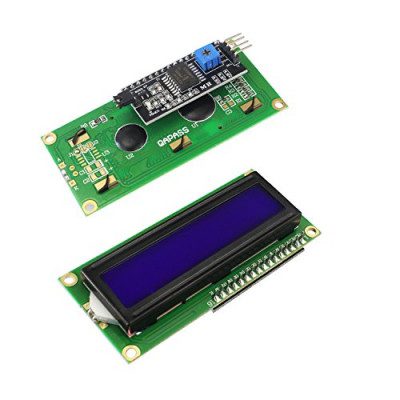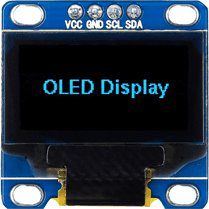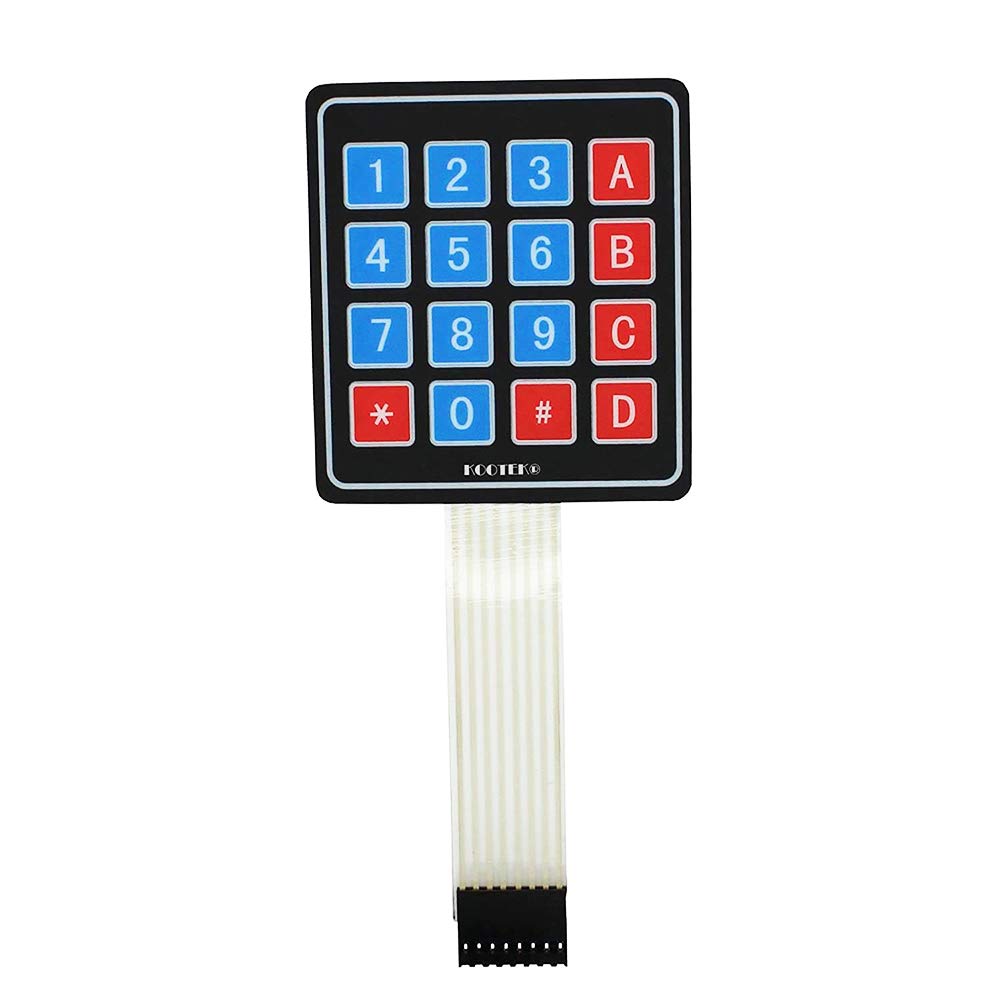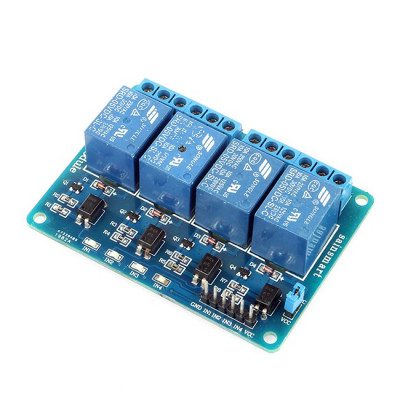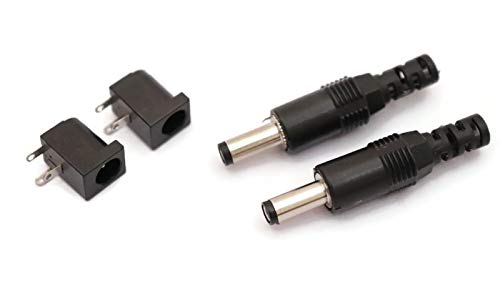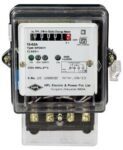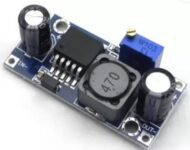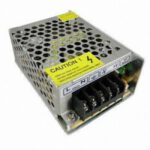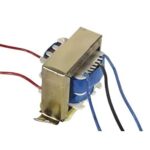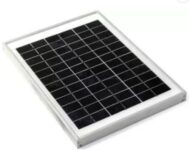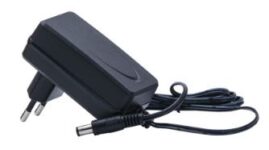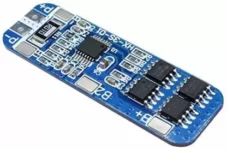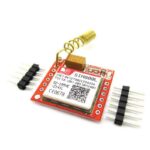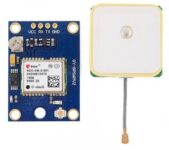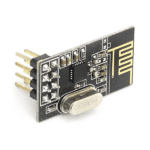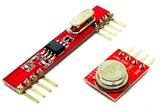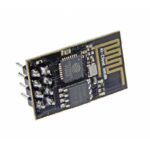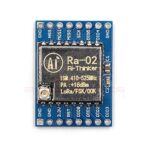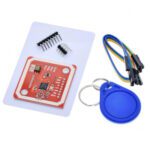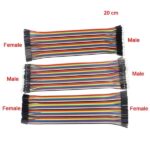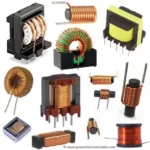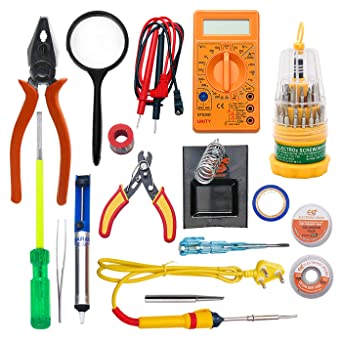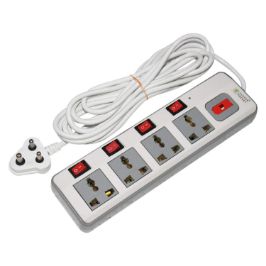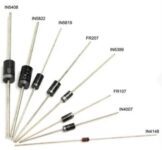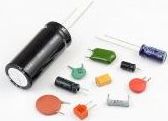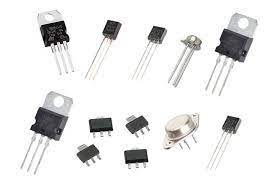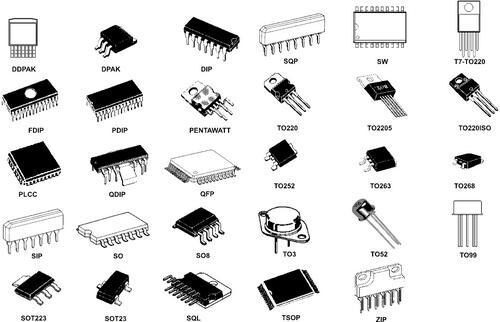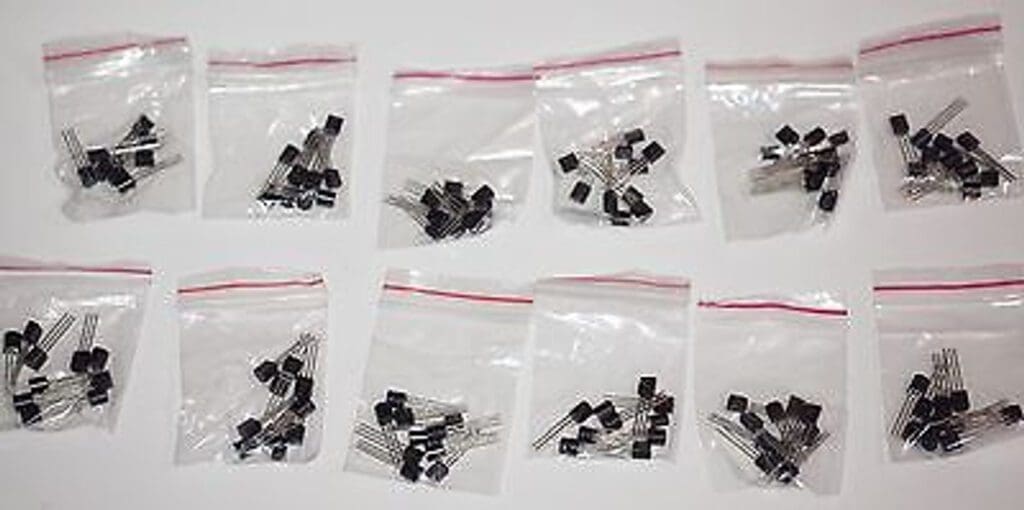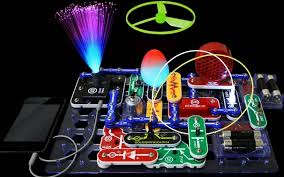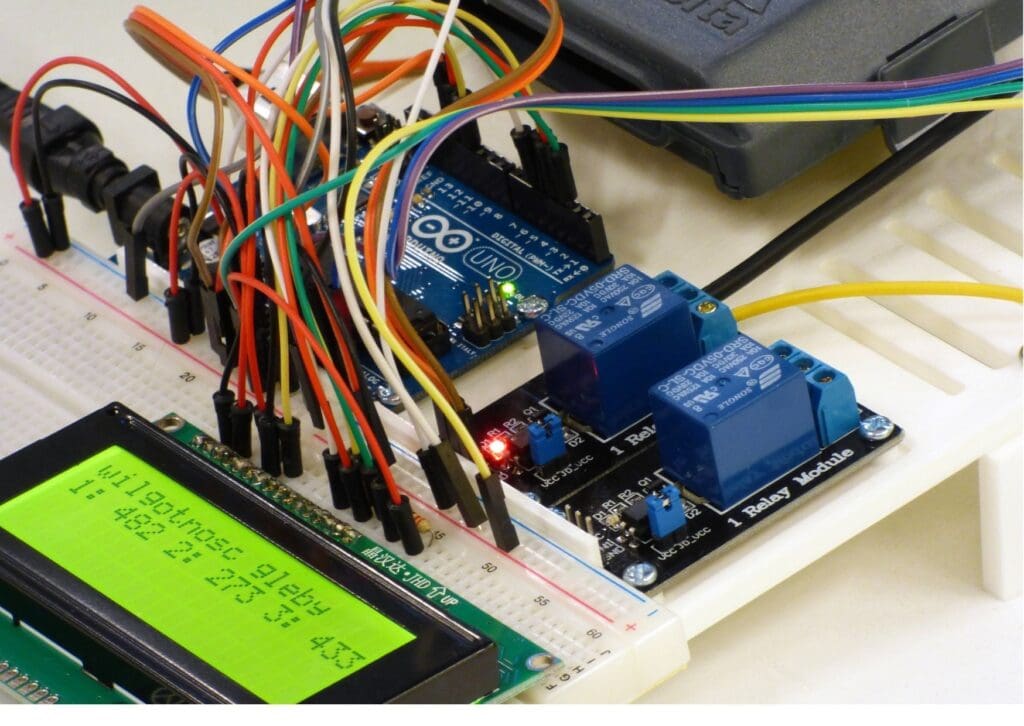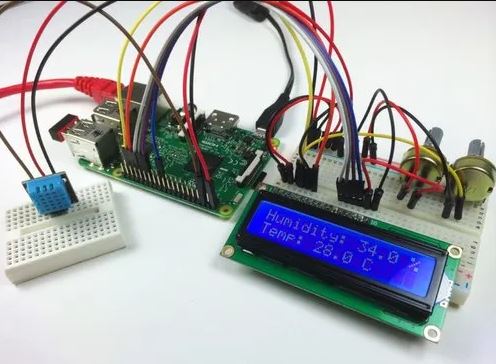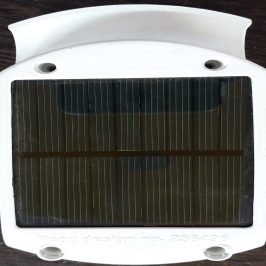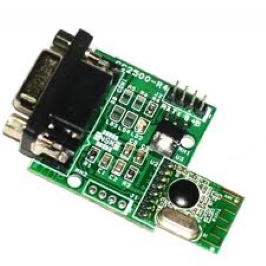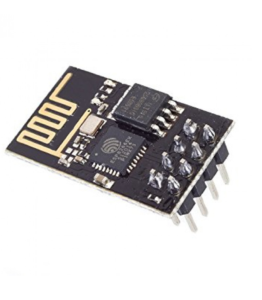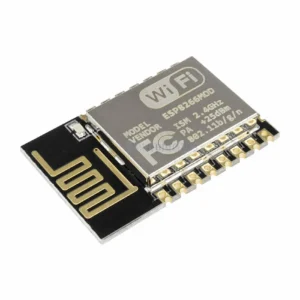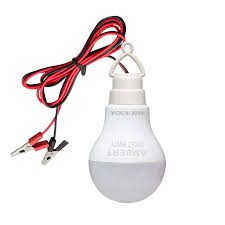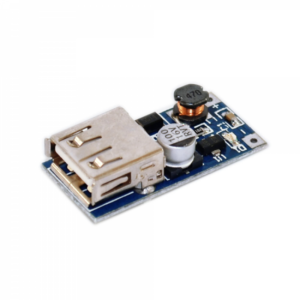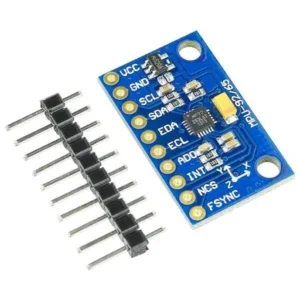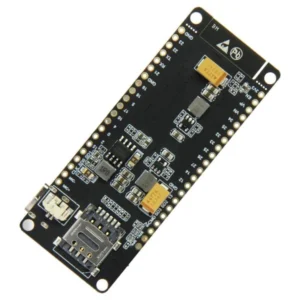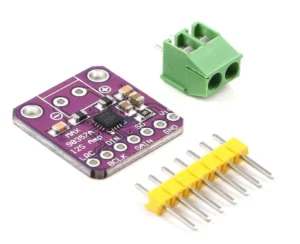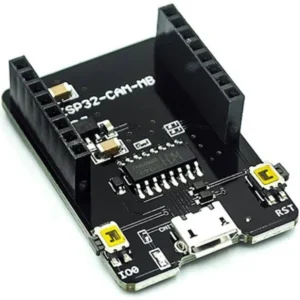Introduction
In the face of climate change and the growing urgency to transition to sustainable energy sources, solar power has emerged as a beacon of hope. Solar photovoltaic (PV) systems, powered by the sun’s abundant and clean energy, have become increasingly popular worldwide. At the heart of these systems lie solar power electronics, a suite of technologies that enable the efficient capture, conversion, storage, and distribution of solar energy.
- Solar power electronics encompass a diverse range of components, each playing a critical role in maximizing the performance and reliability of solar PV systems. At the forefront are solar panels, composed of photovoltaic cells that convert sunlight directly into electricity through the photovoltaic effect. These panels serve as the primary energy harvesters, absorbing sunlight and generating direct current (DC) electricity
- However, the electricity produced by solar panels is in the form of DC, which is incompatible with most household appliances and the electrical grid. This is where inverters come into play. Inverters are the workhorses of solar power electronics, converting DC electricity into the alternating current (AC) required for use in homes, businesses, and the grid. Advanced inverters may also incorporate maximum power point tracking (MPPT) technology, optimizing the power output from solar panels to maximize energy production.
- To ensure the efficient utilization of solar energy, especially in off-grid or hybrid systems, charge controllers and batteries are employed. Charge controllers regulate the voltage and current from solar panels, protecting batteries from overcharging and optimizing their charging cycles. Batteries store excess electricity generated during periods of peak sunlight for use during times of low or no sunlight, providing a reliable source of power when solar generation is insufficient
Projects Categories:
Products Categories:
- Robotics
- Actuators
- Camera Modules
- Drone Kits
- Drone Components
- Chassis
- DC Motors
- Other Robotic accessories
- Pick and Place Modules
- Robotic Kit
- Servo Motors
- Stepper Motors
- Wheels
- Microcontrollers & Programmers
- 8051 Microcontroller
- Arduino Microcontroller
- ARM Development Board
- Interface Module
- NODMCU / ESP Modules
- PIC Microcontroller
- Raspberry Pi
- Devices and Actuators
- Display Modules
- Sensors & Module
- Power Supply / Batteries
- Wireless modules
- Electronic Components
- Wholesale Market
Description
- Solar power electronics constitute the backbone of solar photovoltaic (PV) systems, enabling the harnessing of renewable energy from the sun and its conversion into usable electricity. These systems are a critical component of the global shift towards sustainable energy sources, offering a clean, reliable, and increasingly cost-effective alternative to traditional fossil fuel-based power generation.
- At the core of solar power electronics are solar panels, which consist of photovoltaic cells capable of converting sunlight directly into electricity through the photovoltaic effect. These panels serve as the primary energy harvesters, absorbing sunlight and generating direct current (DC) electricity.
- However, the electricity produced by solar panels is in the form of DC, which must be converted into alternating current (AC) for use in most electrical appliances and for integration with the electrical grid. This conversion is accomplished by inverters, which are essential components of solar power systems. Inverters play a crucial role in transforming DC electricity into AC electricity efficiently and reliably, ensuring compatibility with existing electrical infrastructure.
- In addition to inverters, charge controllers are often employed in solar PV systems, particularly in off-grid or hybrid setups. Charge controllers regulate the voltage and current from solar panels, safeguarding batteries from overcharging and optimizing their charging cycles. Batteries, in turn, store excess electricity generated during periods of peak sunlight for later use, providing a reliable power source when solar generation is insufficient.
- Moreover, monitoring and control systems are increasingly integrated into solar PV installations, allowing users to monitor energy production, system performance, and consumption in real-time. These systems provide valuable insights that enable users to optimize energy usage and ensure the efficient operation of their solar power systems.
- Grid-tie systems represent another important aspect of solar power electronics. These systems are connected to the electrical grid, enabling surplus energy generated by solar panels to be fed back into the grid. Through mechanisms such as net metering and feed-in tariffs, grid-tie systems allow users to offset energy consumption and potentially generate revenue by selling excess electricity to utilities.
- Furthermore, advancements such as power optimizers enhance the performance and flexibility of solar PV systems by performing maximum power point tracking (MPPT) at the individual panel level. This technology helps maximize energy production, particularly in installations subject to shading or varying orientations.
- In summary, solar power electronics play a vital role in unlocking the full potential of solar energy, facilitating its integration into our energy infrastructure and accelerating the transition towards a sustainable and resilient energy future.
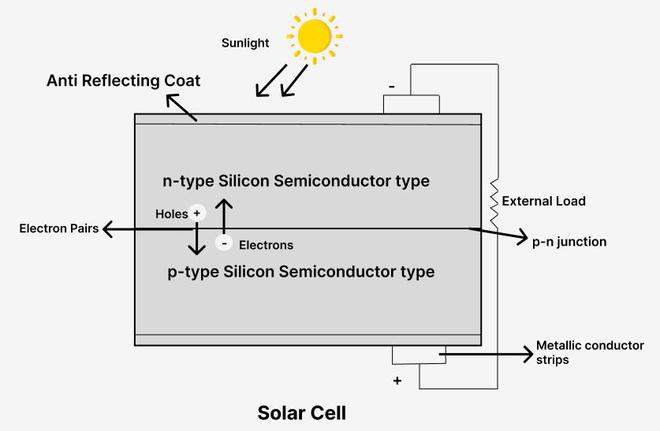
Types Of Solar Power Electronics
Solar power electronics encompass a variety of components and technologies that facilitate the capture, conversion, storage, and distribution of solar energy. Here are some of the key types of solar power electronics:
1. Inverters
Inverters are essential components of solar power systems, responsible for converting the direct current (DC) electricity generated by solar panels into alternating current (AC) electricity, which is used in most household appliances and is compatible with the electrical grid. Inverters may also incorporate features such as maximum power point tracking (MPPT) to optimize energy production.
2. Charge Controllers
Charge controllers regulate the voltage and current from solar panels to ensure that batteries receive the appropriate charging voltage and current. They prevent overcharging and extend the lifespan of batteries in off-grid solar systems or systems with battery backup.
3. Batteries
Batteries are used to store excess electricity generated by solar panels for later use, especially in off-grid or hybrid solar systems. They provide a reliable source of power during periods of low sunlight or at night and are managed by solar power electronics to optimize charging and discharging cycles.
4. Monitoring and Control Systems
Monitoring and control systems provide users with real-time insights into energy production, system performance, and consumption. These systems allow for remote monitoring and management of solar power systems through web interfaces or smartphone apps, optimizing energy usage and ensuring efficient operation.
5. Grid-Tie Inverters
Grid-tie inverters are specifically designed for solar PV systems connected to the electrical grid. They synchronize the solar power output with the grid’s frequency and voltage, allowing surplus energy to be fed back into the grid. Grid-tie systems enable users to offset energy consumption and potentially generate revenue through net metering or feed-in tariffs.
6. Microinverters
Microinverters are small inverters installed at the individual solar panel level. Unlike traditional string inverters, which are connected to multiple panels, microinverters convert the DC electricity generated by each panel directly into AC electricity. This configuration allows for greater flexibility in system design and optimization, particularly in installations subject to shading or varying orientations.
7. Power Optimizers
Power optimizers are devices installed at the panel level in some solar PV systems. They perform maximum power point tracking (MPPT) at the individual panel level, optimizing energy production by adjusting the electrical operating point of each panel. Power optimizers can mitigate the impact of shading or panel mismatch, resulting in higher overall system efficiency.
These types of solar power electronics work together to maximize the efficiency, reliability, and performance of solar PV systems, enabling the widespread adoption of solar energy as a clean and sustainable power source.

Things To Implement In Solar Power Electronics
Implementing improvements in solar power electronics can enhance the efficiency, reliability, and overall performance of solar photovoltaic (PV) systems. Here are several key areas for innovation and implementation in solar power electronics:
1. Increased Efficiency
Develop and implement more efficient solar panels and inverters to maximize the conversion of sunlight into electricity.
Research and deploy advanced materials and manufacturing techniques to reduce energy losses and improve overall system efficiency.
Enhance maximum power point tracking (MPPT) algorithms in inverters to optimize energy production under varying weather conditions and shading.
2. Energy Storage Solutions
Innovate battery technologies to improve energy storage capacity, lifespan, and charging/discharging efficiency.
Develop smart battery management systems to optimize battery usage and prolong battery lifespan.
Integrate energy storage systems with solar PV installations to provide reliable power during periods of low sunlight or grid outages.
3. Grid Integration
Improve grid-tie inverters to enhance the stability and reliability of solar PV systems connected to the electrical grid.
Implement advanced grid interaction features, such as frequency regulation and voltage support, to enhance grid stability and resilience.
Explore new grid services and revenue streams, such as ancillary services and demand response, enabled by solar PV systems.
4. Monitoring and Control Systems
Develop advanced monitoring and control systems for real-time performance tracking and optimization of solar PV systems.
Implement predictive maintenance algorithms to detect and address potential issues before they lead to system downtime.
Integrate artificial intelligence and machine learning techniques to optimize system operation and energy management.
5. Integration with Smart Grid Technologies
Explore integration opportunities between solar PV systems and smart grid technologies, such as smart meters and demand response programs.
Develop communication protocols and standards to enable seamless interaction between solar PV systems and the smart grid.
Implement grid-responsive control strategies to enhance the grid’s flexibility and accommodate higher levels of renewable energy integration.
6. Miniaturization and Integration
Miniaturize components such as inverters and power optimizers to reduce installation costs and footprint.
Integrate multiple functions into single devices to streamline system design and reduce hardware complexity.
Develop modular and scalable solutions to accommodate a wide range of system sizes and configurations.
7. Cost Reduction
Continuously optimize manufacturing processes and supply chains to reduce the cost of solar power electronics.
Explore new materials and technologies that offer cost advantages without sacrificing performance or reliability.
Leverage economies of scale and market competition to drive down component costs and make solar PV systems more affordable and accessible.By focusing on these areas of innovation and implementation, stakeholders in the solar power industry can drive significant advancements in solar power electronics, making solar energy more competitive, reliable, and widely adopted as a key pillar of the global energy transition.
.
Conclusion
- In conclusion, implementing advancements in solar power electronics holds tremendous promise for unlocking the full potential of solar energy as a clean, sustainable, and reliable power source. By focusing on areas such as increased efficiency, energy storage solutions, grid integration, monitoring and control systems, integration with smart grid technologies, miniaturization and integration, and cost reduction, stakeholders in the solar industry can drive significant progress in improving the performance, reliability, and affordability of solar photovoltaic (PV) systems.
- As solar power continues to play an increasingly significant role in the global energy landscape, innovation in solar power electronics will be essential for overcoming technical challenges, maximizing energy production, and enabling seamless integration with existing energy infrastructure. By harnessing the power of technological innovation, collaboration among industry stakeholders, and supportive policy frameworks, we can accelerate the transition to a more sustainable and resilient energy future powered by solar energy.
- Ultimately, investments in solar power electronics not only contribute to mitigating climate change and reducing dependence on fossil fuels but also create economic opportunities, drive job growth, and enhance energy security for communities around the world. With continued innovation and commitment, solar power electronics will continue to pave the way towards a brighter, cleaner, and more sustainable energy future for generations to come.
For additional blog content, to explore further insights and articles. Click here
How to attach heat sink
How to attach heat sink to raspberry pi 4 INTRODUCTION Attaching a heat sink to...
Read MoreUnderstanding Integrated Circuit And Microchips
Understanding Integrated Circuit And Microchips Introduction Integrated circuits (ICs), often referred to as microchips, are...
Read MoreExploring The world of Quantum
Exploring The World Of Quantum Sensors Quantum sensors are fascinating devices that leverage the principles...
Read MoreRaspberry Pi Microcontroller
Raspberry Pi Introduction Welcome to the world of Raspberry Pi projects, where creativity meets technology!...
Read More


